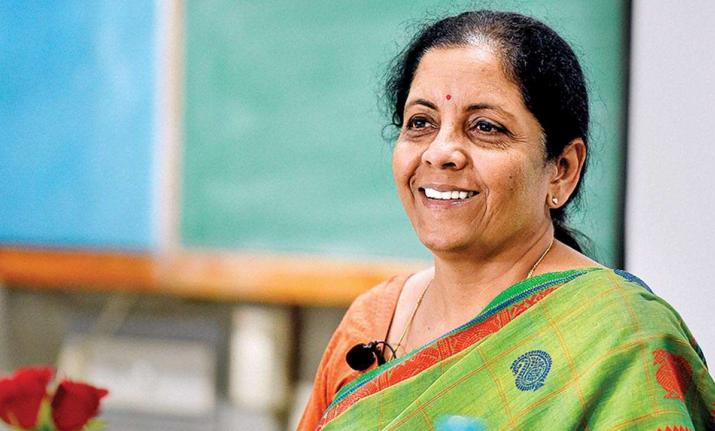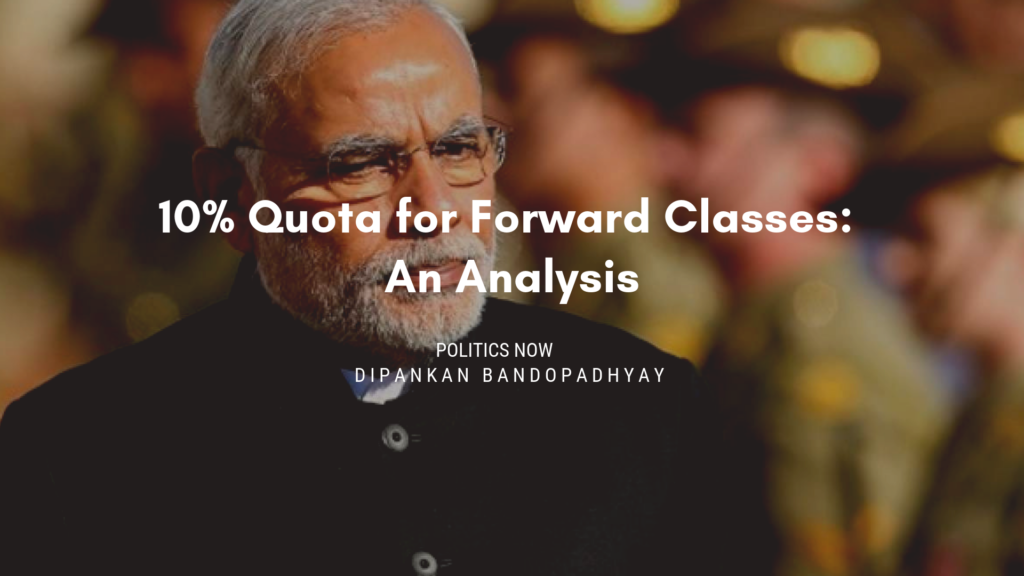
The COVID-19 pandemic has proved yet again why healthcare remains an integral ingredient for national advancement. With healthcare systems around the world having been pushed to their edge, often running with over-worked staff themselves, the fallout is discernible. In India, we are all set to hit the grim milestone of ten thousand cases of infections, a figure that has come by unimaginably quick. Could we have done better in our efforts against the pandemic raging the world? There is no denying that.
That, however, does not indicate that there remain no positives; the testing net is now being widened daily, and the treatise of ‘treat-test-track’ has been taken up on a war footing in most of the states where the virus has ravaged lives. Better preparedness is always a strategic advantage and never a burden. Our infrastructure today is woefully incompetent when juxtaposed against those in the West. In a nation of a billion people, effective implementation and planning are the two most essential components for any policy to meet its goal and find success. As the coronavirus threat surges over days, it is necessary to take stock of the challenges that lay ahead and imbibe amendments to the healthcare policy and planning in India. At this hour, our health sector presents itself as unsavoury conjunction of fledgeling infrastructure, negligence and a noticeable shortage of qualified doctors for medical practice. The government’s top-most reform agenda must now be to restructure the medical institutions in India and make it more resilient towards ghastly outbreaks as the present one.
While seeking to better our healthcare planning, it would be a beneficial exercise to take a peek into the two famed global models- that of the US (insurance-based) and the UK (NHS model). The United States spends around 18% of its GDP, a figure on the higher end when compared to global averages, on healthcare. A reputed journal calls the US system of healthcare a poorly framed “patchwork of fragmented systems and policies”. It is not universal by design, and medical treatment is often expensive. Hence, the merits of a highly educated workforce and scientific progress do not trickle down to those who require it the most. Several attempts were made to reconcile the system, but have often been overturned or disfigured beyond recognition- a classic case-in-point was that of the Patient Protection and Affordable Care Act of 2010, popularly christened ‘Obamacare’. The UK, on the contrary, has a state-sponsored model for providing primary healthcare to all its citizens. The National Health Service, institutionalised in 1948, was a prescient attempt at making healthcare accessible to all, irrespective of the social strata of those incoming. The NHS is allocated roughly around 8% of the UK’s GDP resources, but it has proven itself far beyond its Atlantic counterpart. The services of the NHS come to the aid of several people who can ill-afford otherwise expensive treatment costs. The funding comes entirely from tax collections paid for by the population. Several developmental economists agree in principle that the NHS model is superior to that of the United States’, wherein even by implanting a lesser burden on the exchequer, more people have access to quality healthcare.
A volley of committees has been established to analyse the state of health planning in India and suggest recommendations to improve upon the same. The earliest amongst these was the Bhore Committee report (1946). It was by far the most comprehensive report on streamlining the health sector, with multi-stage suggestions to act upon. The report suggested a complete integration of the preventive and curative segments of medical care at all administrative levels. It also laid its emphasis on the necessity to build a robust health infrastructure, with a particular focus on primary healthcare. The report also batted for accessible healthcare, and observed that “… no individual should fail to secure adequate medical care, because of inability to pay for it”- tiptoeing the line of the yet to be founded NHS. The Committee also displayed a remarkable sense of openness to innovative ideas, noting that sufficient provisions should be ensured to facilitate representatives from the medical, and other auxiliary fields, to contribute to the discourse and shape the public policy. It also looked at the possibility of revamping medical education and allied vocational training, to produce what it called “social physicians”.
In the era of early post-Independence, the government under Nehru fixated itself onto the cause for eradicating epidemics. Nationwide campaigns to exterminate such diseases as polio, tuberculosis, smallpox, et cetera were launched, emblematic of the colonial percept that the most effective way to combat diseases was to exterminate the germs themselves. Yet, the founding cause of all the diseases- cardinally social- was ignored. Such a singular and narrow vision concerning health policy also derailed the enactment of the recommendations made by the Bhore Committee. Recommendations made by several other committees as the Mudaliar Committee (1962), Chadha Committee (1963), Mukherjee Committee (1965, 66) and others- which echoed the sentiments of the Bhore Committee- were also neglected. The cost of such problematic prioritisation and disregard in the foundational years has reared its ugly head now. Presently, the Government of India spends a pitiable 1.29% towards healthcare, including investments on centrally-sponsored schemes. An OECD report pegged the total health spending (both out of pocket, and public expenditure) at 3.86% in India, also unabashedly low when contrasted with the OECD mean of 8.8% of the GDP.
There can remain no hitch in the mind that in a country as teeming and dynamic as India, the NHS model seems the way to look forward to. The present NDA government had framed the National Healthcare Policy (2017), which envisaged public spending worth 2.5% of the GDP. Of course, the first compulsion for the government must be to significantly prop up public health spending from the present measly allocation of 1.3%. The Kothari Commission (1966) also recommended spending 6% on education. World-class educational institutions, with a scientific bent of thought and with an innate knack for research-oriented studies, need to be cultivated. We are surely not short on merit. Public healthcare policy will triumph only when it successfully marries such talent with state-of-the-art infrastructure. This idea also resonates in complete sync with noted economist Robert Solow’s concept of ‘Total Factor Productivity’ – that human capital accumulation has a direct empirical relation with national growth. Paul Romer, with his theory of endogenous technological growth, also advocates the same- stressing on the need for self-reliance in medical science to contribute favourably to the economy in the long run.
Beset by logistical challenges and grappling with the outbreak of a pandemic, India’s healthcare system is in the midst of a reality check. Joseph Stiglitz wrote in his book, ‘People, Power and Profits’ that those stuck in the vicious cycle of poverty often fail to make it out of the trap in their lifetimes. This provides us, and the civil society at large, to become crusaders of the cause for responsible healthcare on the part of the government- a system wherein even the poorest and the most downtrodden have access to quality healthcare. While the results of increased attention on healthcare may not bear fruit immediately in the short term, it will bless the society with its bountiful harvests over the years- and ultimately add to India’s economic ascendancy by reaping the benefits of our yet untapped, rich demographic dividend.




